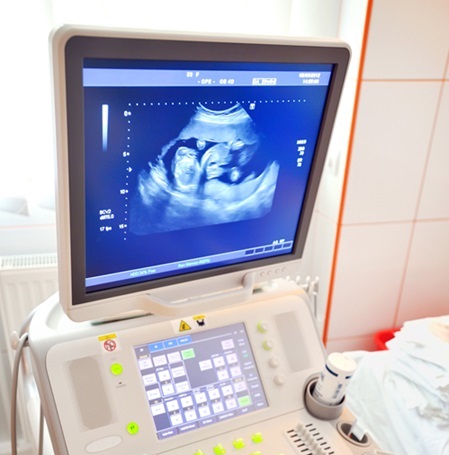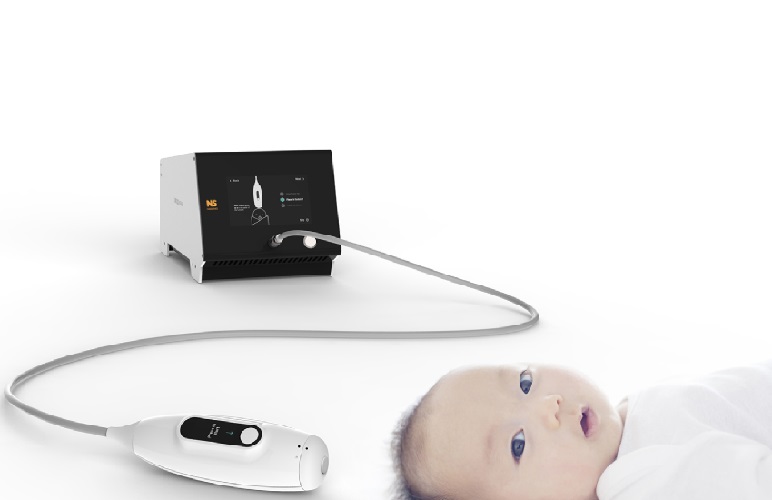POC AI Tool Helps Novice Users Accurately Estimate Gestational Age from Blind Ultrasound Sweeps
Posted on 02 Aug 2024
Obstetrical sonography plays a vital role in modern pregnancy care, notably for accurately measuring fetal structures to estimate gestational age (GA). This measurement is essential for guiding antenatal care decisions, such as the timing for gestational diabetes screening and vaccine administration to maximize benefits for both mother and baby. GA is also crucial for determining the need for interventions like corticosteroids or neuroprotective magnesium sulfate in cases of expected preterm delivery and for deciding the appropriateness of clinician-initiated delivery. Despite its importance, ultrasonography is often inaccessible in many low- and middle-income countries (LMICs). However, recent developments in ultrasonography technology and artificial intelligence (AI)-enabled medical image analysis are promising to extend the reach of this vital diagnostic tool. Researchers have now introduced a deep learning AI model integrated into the software of an affordable, battery-operated device that can estimate GA from blind ultrasonography sweeps.
A study led by researchers from the UNC School of Medicine (Chapel Hill, NC, USA) assessed the accuracy of GA estimation using this AI-enhanced ultrasonography tool by novice operators without prior sonography training. The study involved 400 pregnant participants whose due dates were confirmed by first-trimester ultrasonography. During randomly scheduled follow-up visits across their pregnancies, these novice clinicians were able to estimate gestational age as reliably as experienced sonographers using traditional ultrasonography equipment.

Specifically, from 14 to 27 weeks’ gestation, these novice clinicians matched the accuracy of credentialed sonographers performing standard biometry on advanced machines, using the low-cost, point-of-care AI tool. Published in JAMA Network, these findings have significant implications for obstetrical care in resource-limited settings, aligning with the World Health Organization's goal to make ultrasonography-based gestational age estimation accessible to all pregnant individuals.
“Our study demonstrates that an AI-enabled, portable ultrasound device can estimate gestational age as accurately as an expert sonographer using an expensive, high-specification machine. This high degree of accuracy was obtained even though the users of the device had no formal training in sonography,” said corresponding author Jeffrey S. A. Stringer, MD. “The most important takeaway is the potential democratization of a critical prenatal diagnostic tool. By enabling accurate gestational age estimation without the need for expensive equipment or specialized training, this technology could significantly expand access to quality prenatal care in resource-limited settings worldwide.”
Related Links:
UNC School of Medicine














